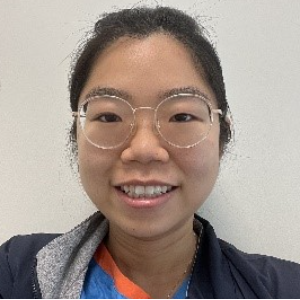Title: Evaluating a nurse-led Insulin tele-titration program on diabetes control in primary care
Abstract:
Objectives: In Singapore, nurses in primary care have been titrating insulin doses through weekly telephone calls based on patients’ home glucose monitoring records. The primary aim of this study was to evaluate the benefits of one such intervention on improvements in glycaemic control over time. A secondary aim of this study was also to determine if clinical indicators, patient demographics, insulin dose and quantity of calls are predictors of HbA1c improvement in this nurse-led tele-titration program.
Methods: A purposive sample of 193 patients enrolled into this program from May to December 2021 was included in this study. Repeated-measures ANOVA test was conducted to determine if mean HbA1c differed significantly across four time points (baseline, 3, 6, 9 months). Multiple linear regressions and correlations were also used to compute which predictor (gender, ethnicity, insulin type, insulin dose, Type 2 diabetes (T2DM) duration, age and those with optimal and suboptimal clinical indicators) has the highest bivariate correlation with the dependent variable (HbA1c improvement).
Results: Repeated-measures ANOVA test found that mean HbA1c differed significantly across four time points (p <.001). Linear regression models were able to explain 14.8% - 22.2% variation of HbA1c improvement, and it is useful in explaining HbA1c improvement at all time points (p < .002) except for between 6 to 9 months. However, there was no independent variable which was able to consistently significantly predict HbA1c improvement at 9 months. This study also found significantly more HbA1c reduction for patients on lower total daily doses of insulin (p < .01).
Conclusion and Implications for Practice: Significant improvements in HbA1c over time reaffirmed effectiveness of nurse-led telephone consultations for optimising glycaemic control for patients on insulin. Since there are no consistently significant predictors for HbA1c improvement in this program, all eligible patients can potentially benefit from enrolment. Additionally, study findings also suggest that enrolment should be considered even at lower total daily doses of insulin. Further studies should explore the use of a control group to more accurately isolate the benefits of the nurse-led insulin teletration program for evaluation.
Audience take Away Notes:
• The introduction of a nurse-led insulin titration protocol to optimise diabetes control
• How to reduce physical clinic visits for patients with diabetes with the use of teleconsultations
• Benefits of using the nurse-led insulin teletitration program to improve long term diabetes outcomes



